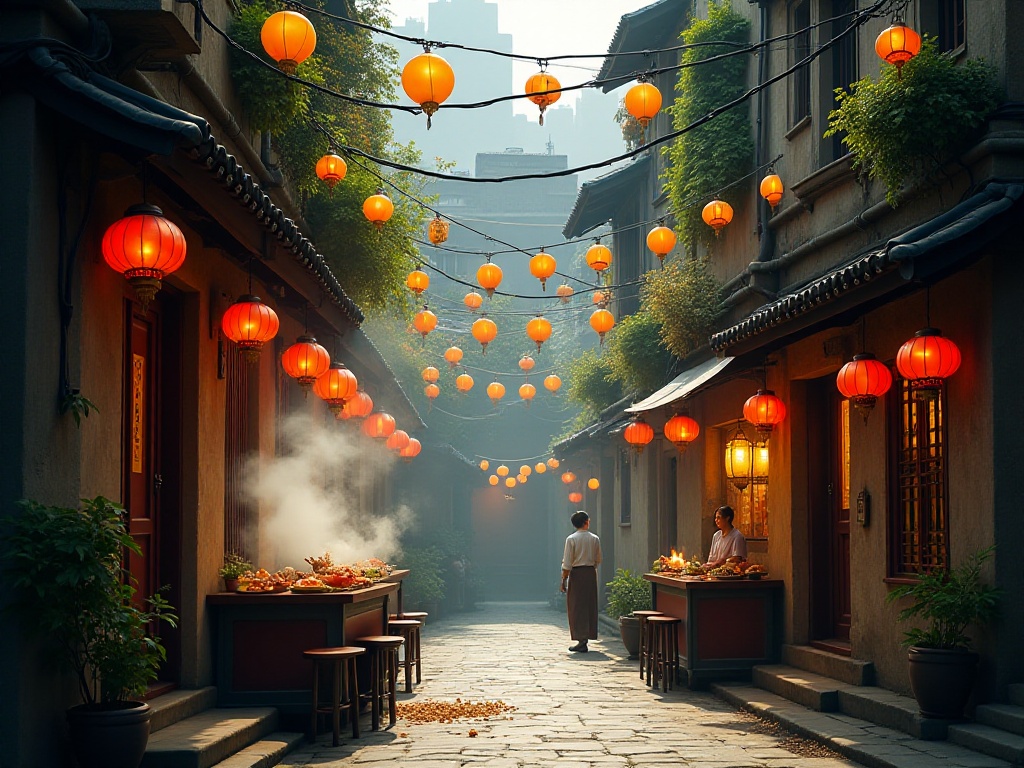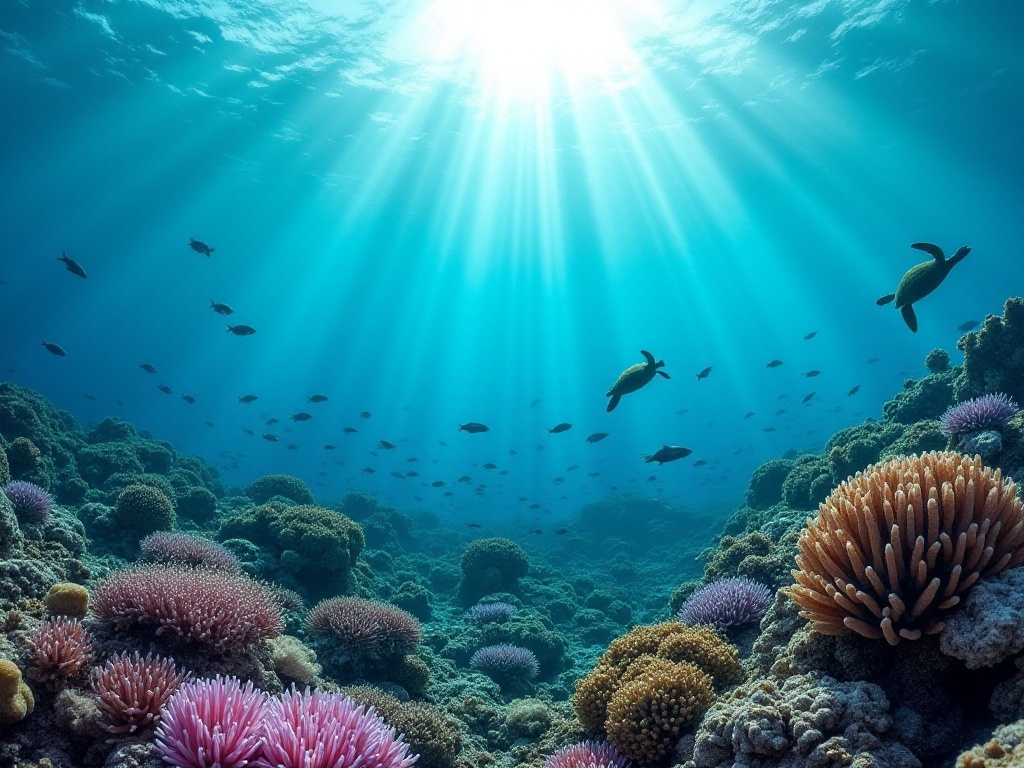
Introduction
Every day when opening Xiaohong Book and Douyin, travel bloggers' content is everywhere. But honestly, many posts are just copy-paste, and some guides even contain outdated information from years ago. As a travel guide writer with 5 years of experience, I deeply understand how rare a good travel guide is. Today, let's discuss how to write an eye-catching travel guide.
Audience Analysis
What's most important when writing guides? Of course, it's understanding your target readers! Through years of interaction with followers, I've found travelers generally fall into two categories: leisure travelers and business travelers.
Leisure travelers are incredibly thorough! I remember a girl messaging me saying she read my Vietnam guide ten times and made a detailed itinerary for her adventure. These in-depth travelers have very high requirements for guides, wanting even bathroom locations marked at every attraction.
As for business travelers, they're like soldiers in battle, focusing on speed, accuracy, and efficiency. For example, in my recent Tokyo business district guide, I specifically timed 15 hotels nearest to subway stations. I used a stopwatch to record everything from exiting the subway to reaching the hotel front desk, including elevator wait times. These details were highly appreciated by business professionals, with some calling it a "business efficiency guide."
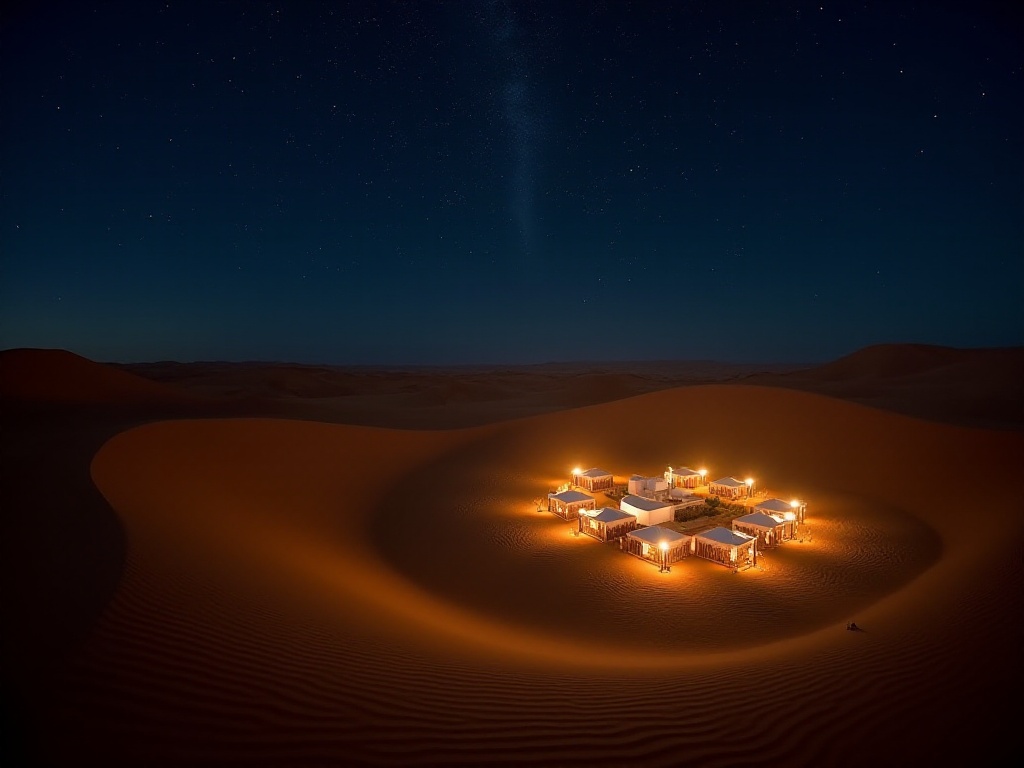
Content Framework
What should a good travel guide include? Let me share my experience.
First is basic destination information. While this seems fundamental, doing it well can make your guide stand out. I suggest focusing on three aspects: attractions/activities, transportation/accommodation, and practical information.
For attraction recommendations, don't just write "Top 10 Must-Visit Spots" - that's easily found anywhere. When writing my Osaka guide, I specifically categorized attractions into themes like "Late Night Food Adventures," "Temple Tours," and "Shopping Sprees." Readers told me this categorization was very helpful, making it easy to find content whether they wanted to eat, play, or shop.
For transportation and accommodation, I suggest being as specific as possible. When writing my Kyoto guide, I specifically tested different transportation methods during cherry blossom season. From Kansai Airport to Kyoto Station, I tried every possible option - express trains, regular trains, buses, and private cars. I recorded detailed information about prices, duration, comfort levels, and luggage restrictions for each option. While this content was laborious to create, readers found it to be a "transportation bible."
As for practical information, many bloggers only briefly mention weather and currency. Actually, there's much more to cover here. For instance, in my Iceland guide, I wrote a special "Aurora Viewing Guide" including best observation times, recommended locations, weather app usage tips, and photography techniques. This kind of in-depth content often receives great feedback from readers.

Writing Techniques
How can your content stand out amid fierce competition across travel platforms? I've summarized several useful writing techniques.
First, your theme needs to be unique. Singapore travel guides are everywhere now - rather than writing a generic guide, try something special. I recently wrote "Singapore 48-Hour Food Map," specifically introducing suitable food spots for different times of day, from morning Bak Kut Teh to late-night Laksa, with a clear timeline. This differentiated content is particularly popular.
Second, focus on detailed descriptions. When writing my Phuket guide, I spent three days just experiencing different transportation options from the airport to various beaches. Airport bus, minibus, Grab, private car - I tried each option personally. I recorded not just prices and times, but also driver attitudes, vehicle conditions, and comfort levels. I even detailed delay situations during rain and traffic jams. This detailed information helped many first-time Phuket visitors avoid common pitfalls.
Also, use vivid descriptions. When writing about a popular restaurant, don't just say "the food is good" - that's meaningless. I detail the freshness of ingredients, texture layers, price ranges, and even mention the décor style, service attitude, and recommended reservation times. Such content truly helps readers make decisions.
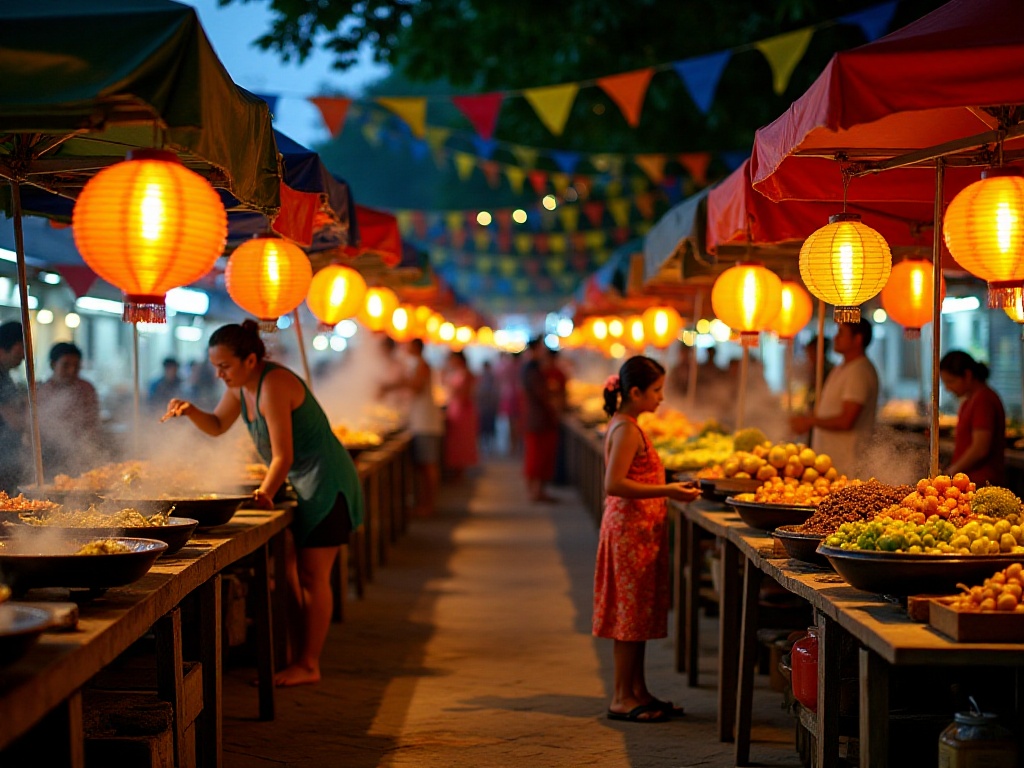
Platform Selection
Regarding content presentation, there are so many choices now. Short videos, photo essays, podcasts - each platform has its characteristics.
I personally recommend creating series content. Like my "Asian Food Discovery" series, where I made 40-45 minute videos for each city's distinctive cuisine. The Tokyo episode focused on late-night food culture, while the Singapore episode concentrated on street food. This type of series content not only helps build a regular audience but also establishes your unique content style.
For text platforms, I recommend using both Xiaohong Book and WeChat Official Accounts. Xiaohong Book is suitable for quick guides like "Bali Hotel Reviews" or "Seoul Cosmetics Shopping List." WeChat Official Accounts are better for in-depth content, like my "Japanese Onsen Culture Exploration" or "Italian Art Journey" which require extensive text explanations.
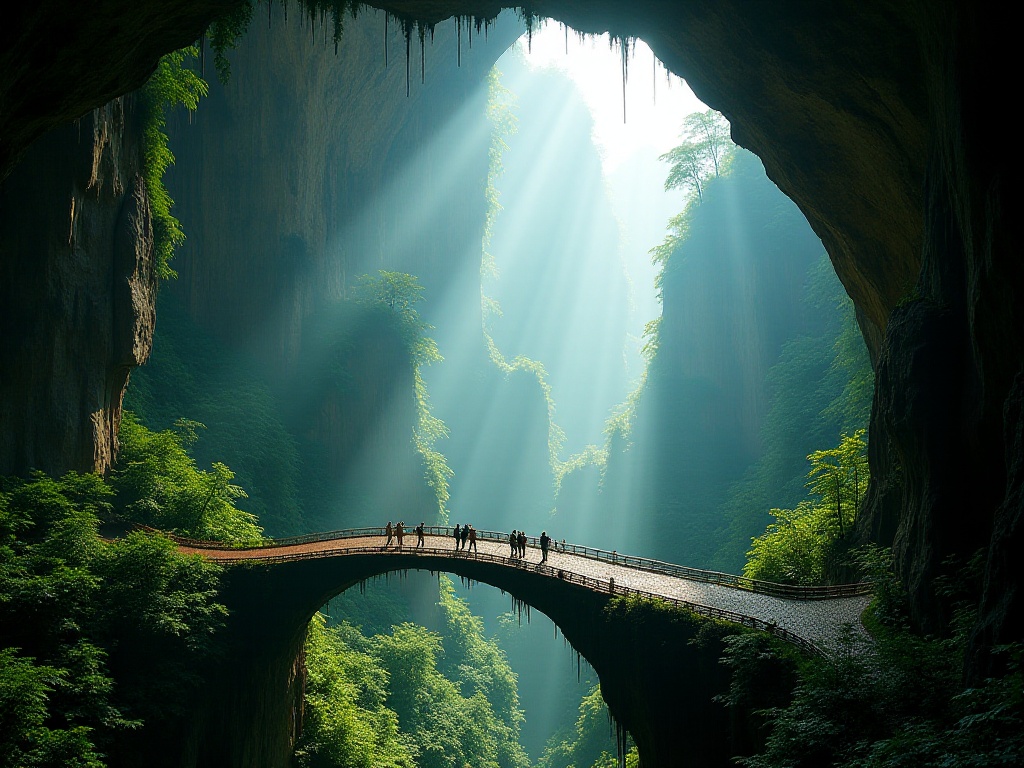
Special Themes
A guide must have its unique theme. I've recently been focusing on niche but distinctive themes like cultural experiences, adventures, and food.
Recently, I wrote a guide about cave exploration in Vietnam, focusing on the world's largest cave. I covered everything from equipment preparation to physical training, from transportation arrangements to accommodation suggestions. This article received extremely high readership, with many adventure enthusiasts calling it the most detailed cave exploration guide they'd ever read.
I also wrote a "Japanese Late Night Food Guide," specifically introducing small restaurants that operate until 2-3 AM. It included not just food recommendations but also late-night transportation guidance and even safety tips for solo night travelers. These special themes often resonate with specific reader groups.
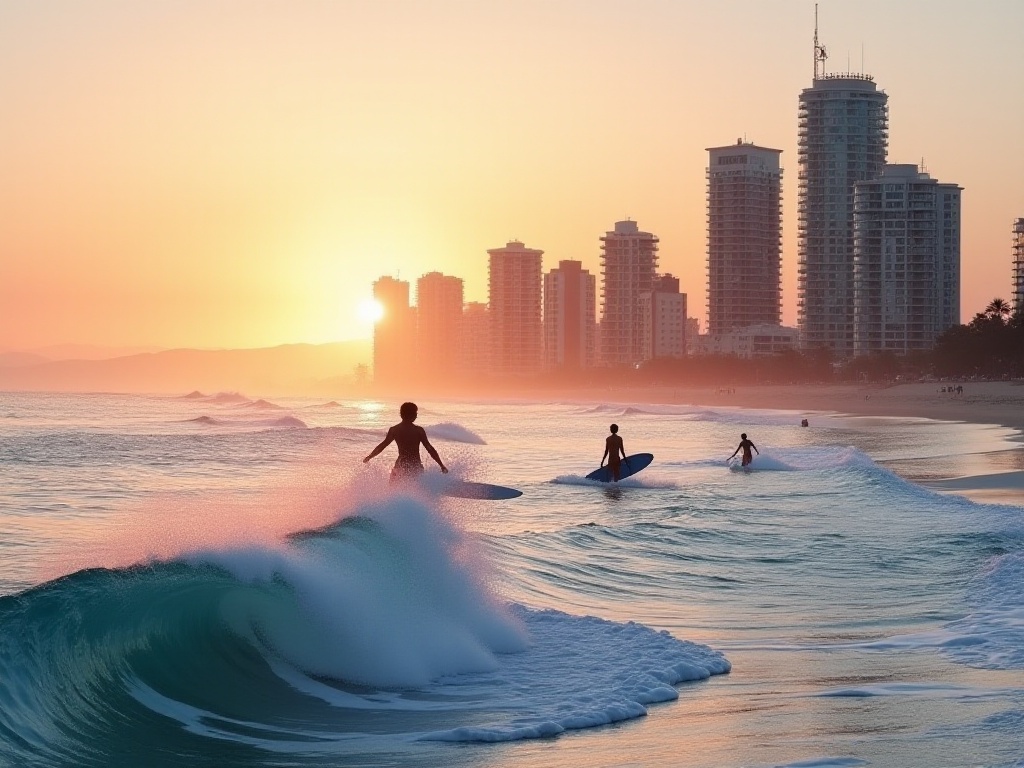
Conclusion
After reading all this, do you have a new understanding of writing travel guides? Honestly, writing a good travel guide isn't easy. It requires field research, careful recording, and professional analysis. If you want to try writing travel guides, I suggest starting with places you're most familiar with and gradually building experience.
Finally, I'd like to ask: what do you think is most important in a good travel guide? Is it authenticity? Practicality? Or entertainment value? Welcome to share your thoughts in the comments.
Next
From Paper Guides to Digital: Exploring the Evolution and Future Trends of Global Travel Guides
Comprehensive analysis of diverse travel guide resources, covering traditional publications like Lonely Planet, online travel platforms, TV travel shows, and digital travel content, providing readers with various channels to access travel information
Discovering the Beauty in Details: Why Are Professional Travel Guides Being Replaced by Personal Travel Experiences?
An in-depth exploration of modern travel guide formats across various media, covering both audiovisual and digital platforms, analyzing their content features, coverage scope, and presentation styles to provide comprehensive travel information
My First Solo Trip Around China: How to Plan a Spontaneous Journey Using Artificial Intelligence
An in-depth analysis of modern travel guide trends, covering AI-assisted planning, social sharing platforms, and digital destination management, exploring the transformation of tourism services towards intelligence and personalization
Next
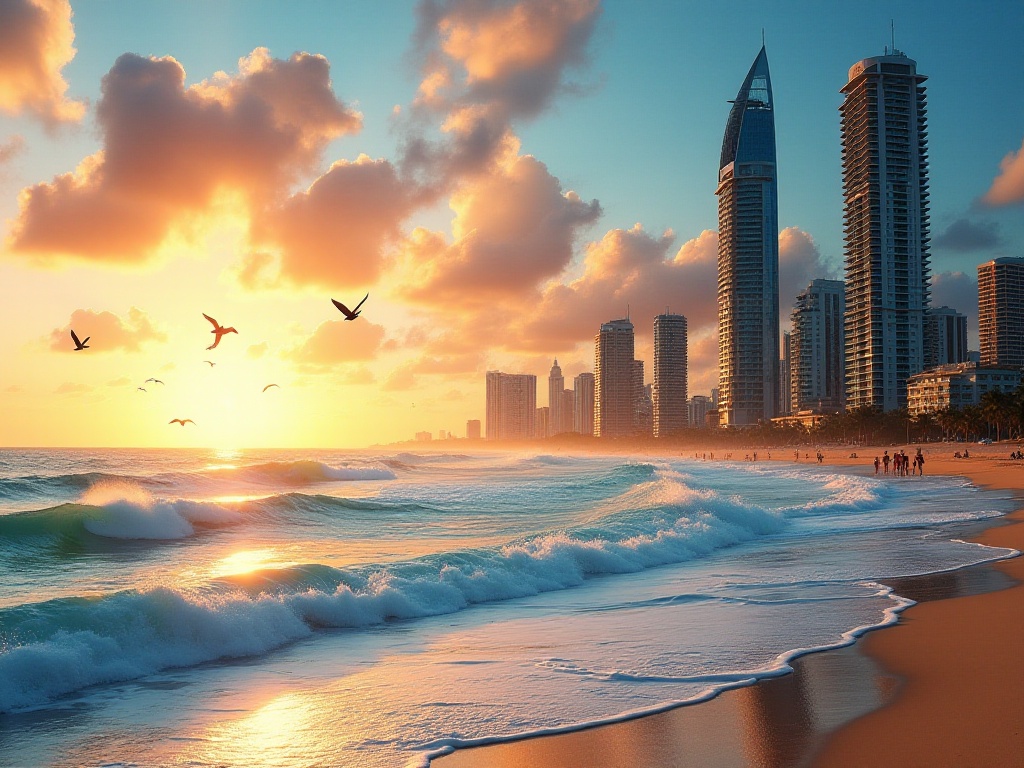
From Paper Guides to Digital: Exploring the Evolution and Future Trends of Global Travel Guides
Comprehensive analysis of diverse travel guide resources, covering traditional publications like Lonely Planet, online travel platforms, TV travel shows, and digital travel content, providing readers with various channels to access travel information
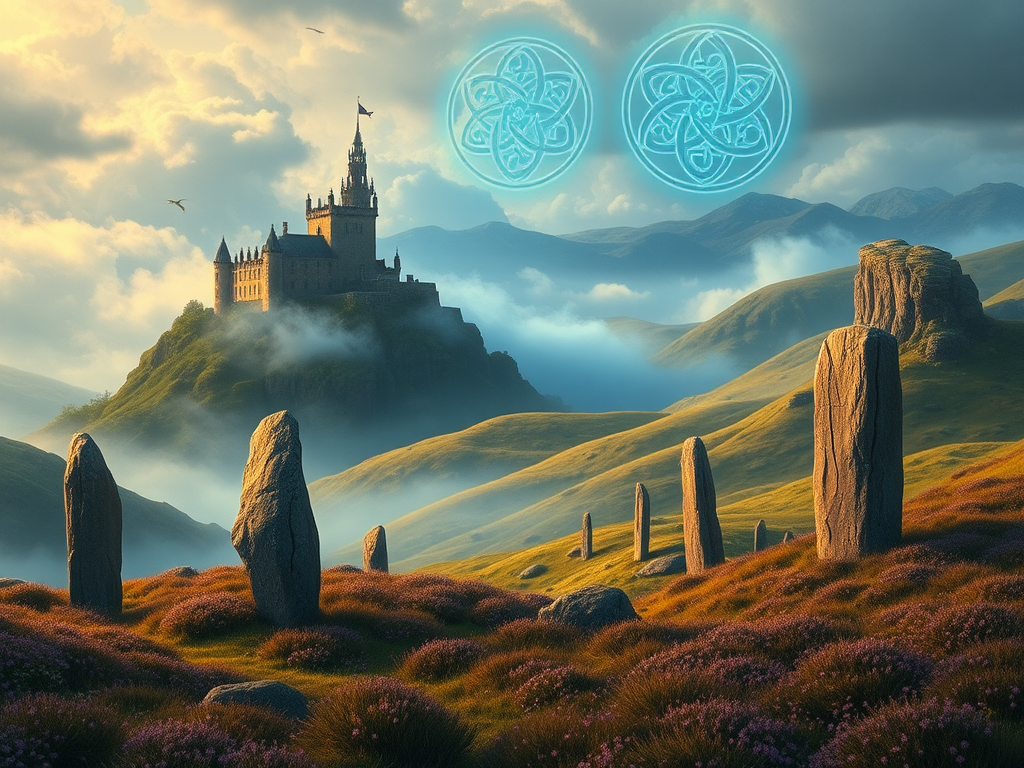
Discovering the Beauty in Details: Why Are Professional Travel Guides Being Replaced by Personal Travel Experiences?
An in-depth exploration of modern travel guide formats across various media, covering both audiovisual and digital platforms, analyzing their content features, coverage scope, and presentation styles to provide comprehensive travel information

My First Solo Trip Around China: How to Plan a Spontaneous Journey Using Artificial Intelligence
An in-depth analysis of modern travel guide trends, covering AI-assisted planning, social sharing platforms, and digital destination management, exploring the transformation of tourism services towards intelligence and personalization

